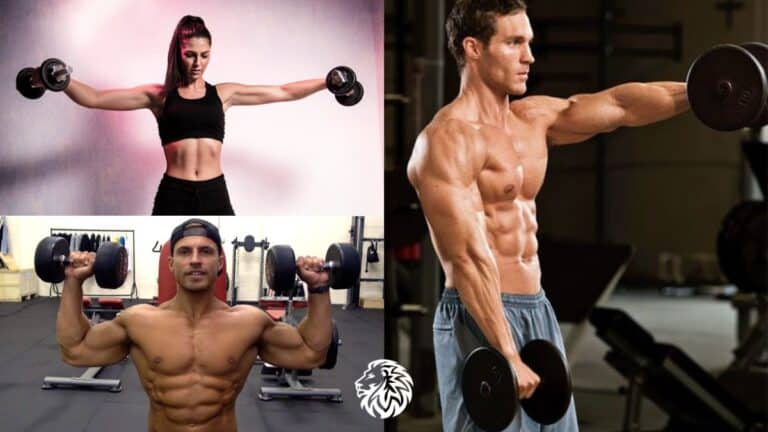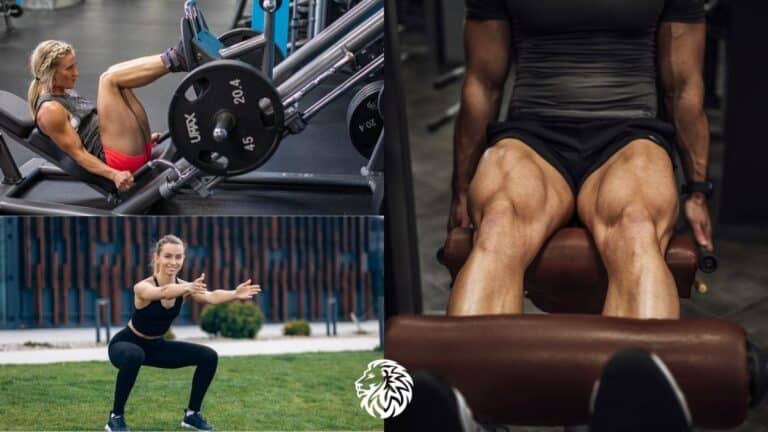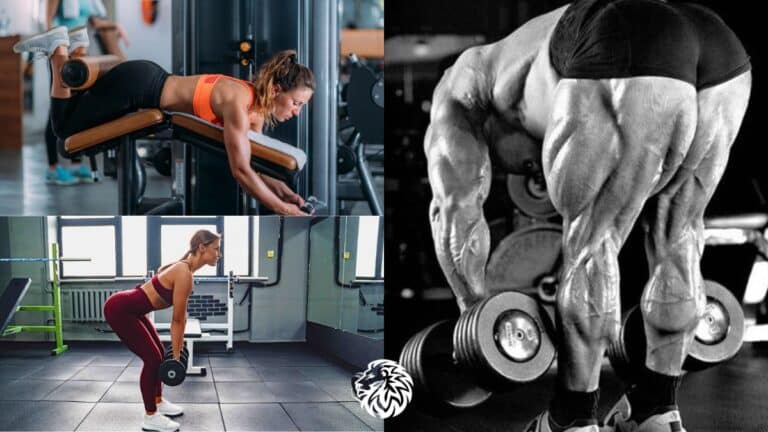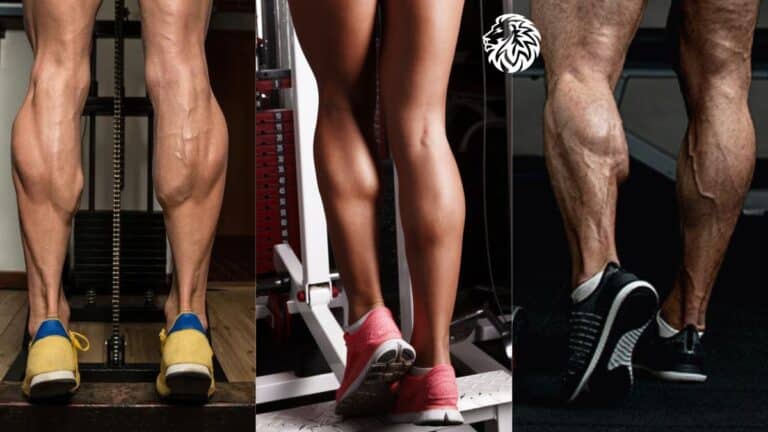Weight loss is a common goal for many people, whether to improve overall health, enhance physical appearance, or boost self-confidence. While a balanced diet is crucial, incorporating the best exercises to lose weight can accelerate the process and improve overall fitness. Different types of exercises have varying impacts on weight loss, and choosing the right ones can make a significant difference in your journey.
This guide will explore a range of exercises that are highly effective for weight loss, focusing on both cardiovascular and strength-training options. Each form of exercise comes with unique benefits, making it essential to tailor your workout routine according to your preferences, fitness level, and long-term goals.
1. Walking: One of the Best Exercises to Lose Weight
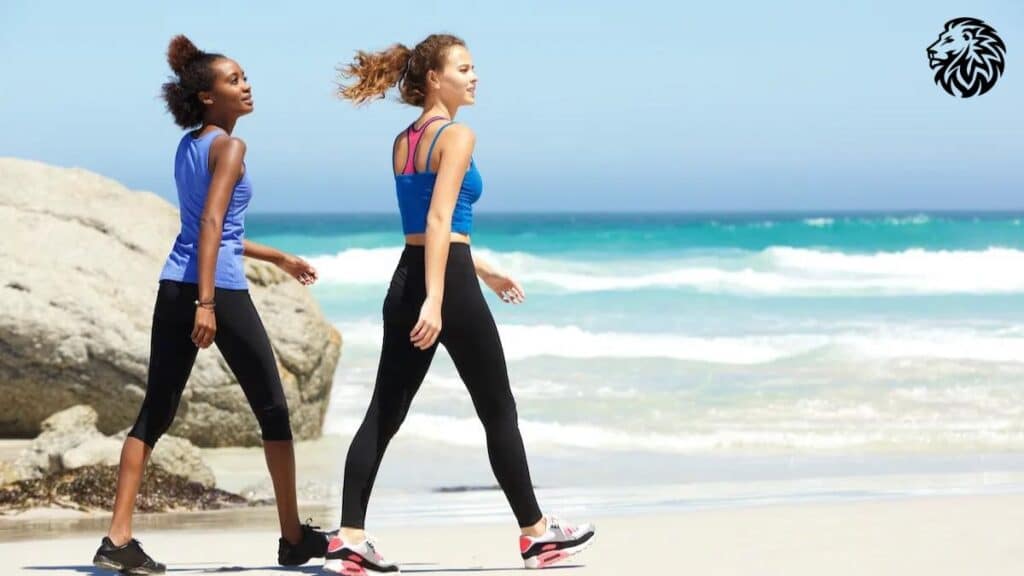
Walking is one of the most accessible and beginner-friendly exercises for weight loss. While it might seem too easy compared to high-intensity workouts, walking can be a powerful tool when done consistently. Studies show that brisk walking can burn calories effectively, especially for those who may not be ready for more strenuous activities.
Walking for 30 minutes at a moderate pace can burn around 150 calories, depending on your weight and speed. It’s a great way to ease into a fitness routine and can be easily incorporated into your daily schedule. Whether walking in your neighborhood or at the park, this low-impact exercise supports cardiovascular health and aids in weight management without putting too much strain on the joints.
2. Running or Jogging: High-Calorie Burners

If you’re looking for a more intense form of cardio, running or jogging is an excellent choice. These activities increase your heart rate and burn a significant number of calories in a short amount of time. Running, in particular, is known for its effectiveness in burning fat, especially belly fat.
Running is considered one of the best exercises to lose weight due to its ability to burn significant calories quickly. A 30-minute run can burn anywhere from 300 to 500 calories, depending on your speed and body weight. Running engages multiple muscle groups, including the legs, core, and arms, making it a full-body workout. It’s also a versatile exercise that you can perform almost anywhere, whether on a treadmill or outdoors.
For beginners, jogging can be a good starting point before gradually increasing to running. The key is consistency and progressively challenging yourself to run longer distances or at faster paces.
3. Cycling: Cardio With Less Impact
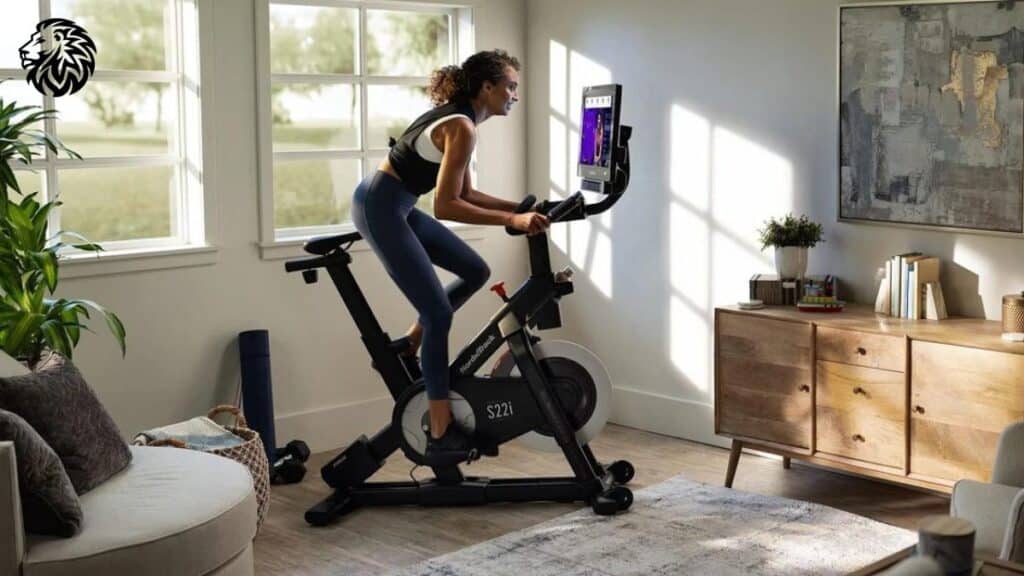
Cycling is another great cardiovascular exercise for weight loss, particularly for those who prefer a low-impact option. Whether you ride a stationary bike or cycle outdoors, this activity helps improve heart health and strengthen your lower body muscles, including the quads, hamstrings, and calves.
Cycling is also highly customizable to your fitness level. You can start at a slow pace and gradually increase intensity by riding uphill or adding resistance if you’re using a stationary bike. A 30-minute moderate cycling session can burn approximately 250 to 500 calories.
This exercise also doubles as a form of transportation, making it easy to fit into your daily routine if you choose to ride to work or run errands.
4. Swimming: A Full-Body Workout

Swimming is a highly effective exercise for weight loss because it engages almost every muscle in your body. It’s also low-impact, making it an ideal option for people with joint issues or those recovering from injury. Swimming laps can burn a large number of calories while simultaneously building muscle strength and endurance.
The resistance provided by water makes swimming a powerful full-body workout. A 30-minute swim can burn between 200 and 500 calories, depending on the stroke you use and the intensity of your workout. This makes swimming not only great for shedding pounds but also for toning muscles.
5. High-Intensity Interval Training (HIIT): Maximum Efficiency

For those who want to maximize their time and burn calories quickly, High-Intensity Interval Training (HIIT) is one of the best options. HIIT involves alternating between short bursts of intense exercise and periods of rest or lower-intensity exercise.
This type of workout is known for its ability to boost metabolism and burn fat, even after the workout has ended, thanks to the “afterburn effect” or excess post-exercise oxygen consumption (EPOC). A typical HIIT session lasts between 15 to 30 minutes, making it highly time-efficient. Despite the short duration, HIIT can burn a significant number of calories and continues to burn calories even during the recovery phase.
Exercises included in a HIIT workout can vary, from sprinting to bodyweight exercises like burpees, push-ups, or jump squats. The key is pushing yourself to maximum effort during the intense intervals to reap the full benefits.
6. Strength Training: Building Muscle to Burn Fat

Strength training is essential and considered one of the best exercises to lose weight because it builds muscle mass, boosting metabolism. While cardio burns more calories during the workout, strength training has a more prolonged calorie-burning effect as your body continues to burn calories to repair and grow muscle after the session.
Exercises such as weight lifting, resistance band exercises, or bodyweight exercises like squats, lunges, and push-ups are effective for building strength. Aim for two to three strength-training sessions per week, targeting different muscle groups to prevent overuse and injury.
As you gain muscle, you’ll notice that your body becomes more toned, and your metabolism will increase, helping you burn more calories even at rest.
7. Jump Rope: An Old-School Cardio Burner

Jumping rope is a simple but highly effective exercise that can help you burn calories quickly. It’s a favorite among boxers and athletes due to its ability to enhance coordination, agility, and endurance. Plus, it’s portable and requires minimal equipment.
Jumping rope for just 10 minutes can burn as many calories as running an 8-minute mile. It works your entire body, from your legs to your arms and core, and is an excellent way to get your heart rate up fast. Incorporating jump rope intervals into your routine can break the monotony of your workout while also torching fat.
8. Rowing: A Total Body Cardio Exercise

Rowing is a highly effective cardiovascular workout that targets multiple muscle groups, including your legs, back, arms, and core. Using a rowing machine mimics the motion of rowing a boat, providing both cardio and strength-training benefits.
This low-impact exercise is easier on the joints compared to running or jumping but still offers a high calorie-burning potential. A 30-minute rowing session can burn between 250 to 400 calories. It’s an excellent option for those looking to diversify their cardio workouts while building muscle endurance.
9. Elliptical Training: Low-Impact Cardio

Elliptical machines are popular in gyms because they provide a low-impact, full-body workout. Unlike treadmills, ellipticals reduce the strain on your joints while still allowing you to engage your arms and legs in the movement.
Using an elliptical can burn approximately 300 to 400 calories in 30 minutes, depending on the intensity and resistance levels. This makes it an excellent option for individuals looking to lose weight without the high impact of running or other weight-bearing exercises.
10. Yoga: Building Strength and Flexibility

While yoga is often associated with flexibility and mindfulness, it can also be a helpful tool for weight loss. Certain styles of yoga, such as power yoga or vinyasa flow, can elevate your heart rate and help you burn calories. Additionally, yoga builds muscle strength and improves balance and flexibility.
The mental benefits of yoga, such as reducing stress, can also support weight loss efforts by minimizing stress-related eating habits. Incorporating yoga into your fitness routine can complement more intense workouts, providing both physical and mental benefits.
11. Dancing: A Fun Way to Burn Calories

If you’re looking for an enjoyable way to exercise, dancing might be the perfect option. Whether it’s Zumba, hip hop, or salsa, dancing allows you to burn calories while having fun. It’s a full-body workout that engages your legs, core, and arms, and can be done at varying intensities based on the type of dance.
A vigorous dance session can burn between 300 to 400 calories in an hour. It’s a great way to stay motivated and keep moving, especially if you struggle with traditional forms of exercise.
Conclusion: Finding the Right Exercise for You
The key to successful weight loss is finding exercises that you enjoy and can stick with over the long term. Incorporating a mix of cardiovascular workouts, strength training, and flexibility exercises will help you burn calories, build muscle, and improve your overall fitness. Whether you prefer low-impact or high-intensity workouts, choosing the best exercises to lose weight will support your journey to better health. The most important thing is consistency and making exercise a regular part of your lifestyle.
Frequently Asked Questions (FAQs) about the Best Exercises to Lose Weight
1. What are the best exercises to lose weight?
The best exercises for weight loss combine cardiovascular activity and strength training. These include running, walking, cycling, swimming, High-Intensity Interval Training (HIIT), and strength exercises like weightlifting. Cardiovascular exercises burn calories efficiently, while strength training builds muscle, which increases metabolism.
2. How often should I exercise to lose weight?
For effective weight loss, aim for at least 150 minutes of moderate-intensity cardio (like walking or cycling) or 75 minutes of vigorous-intensity cardio (such as running or HIIT) per week. Additionally, include two to three days of strength training to build muscle mass and enhance metabolism.
3. Can I lose weight with just strength training?
Yes, strength training helps you lose weight by building muscle, which boosts your resting metabolic rate, meaning you burn more calories even when you’re not exercising. However, combining strength training with cardio is typically more effective for overall fat loss.
4. Is walking effective for weight loss?
Yes, walking is one of the best low-impact exercises for weight loss, particularly for beginners. Walking at a brisk pace for 30 minutes can burn a significant amount of calories and improve cardiovascular health. Consistency is key, and increasing intensity over time can lead to better results.
5. How does HIIT help with weight loss?
HIIT (High-Intensity Interval Training) is highly effective for weight loss because it involves short bursts of intense activity followed by rest. This increases your heart rate, burns more calories in a shorter amount of time, and boosts your metabolism even after the workout is over, a phenomenon known as the “afterburn effect.”
6. Can I lose weight by only doing cardio exercises?
While cardio exercises burn a lot of calories and are effective for weight loss, incorporating strength training will yield better long-term results. Strength training builds muscle, which increases your metabolism and helps you burn more calories at rest, leading to more sustainable weight loss.
7. How long does it take to see weight loss results from exercising?
Results vary depending on individual factors like diet, exercise intensity, and frequency. Generally, you may begin to see changes in your weight and fitness levels within 4 to 6 weeks of consistent exercise, combined with a healthy diet.
8. Which is better for weight loss: running or cycling?
Both running and cycling are excellent cardiovascular exercises for weight loss. Running tends to burn more calories in a shorter amount of time, but cycling is a lower-impact exercise that’s easier on the joints. The best choice depends on your fitness level and preferences.
9. How can I prevent injury while exercising for weight loss?
To prevent injury, start slowly, especially if you’re new to exercise. Warm up before workouts, use proper form during exercises, and cool down afterward. If you’re strength training, begin with lighter weights and gradually increase resistance. It’s also essential to listen to your body and rest when needed.
10. Do I need to follow a specific diet while exercising to lose weight?
Yes, combining exercise with a healthy, calorie-controlled diet is essential for weight loss. Focus on eating whole, nutrient-dense foods, and avoid high-calorie processed foods. Aim to create a calorie deficit, where you burn more calories than you consume, for effective weight loss results.
Related Stories:
7 Best Exercises to Lose Weight
The Best Time to Exercise for Weight Loss
11 Best Exercises to Lose Weight
The Best Exercises to Lose Weight and Build Strength for Women
Best Exercises to Lose Weight and Boost Metabolism
The 8 Best Exercises for Weight Loss
The Best Exercises to Lose Weight and Boost Calorie Burn

